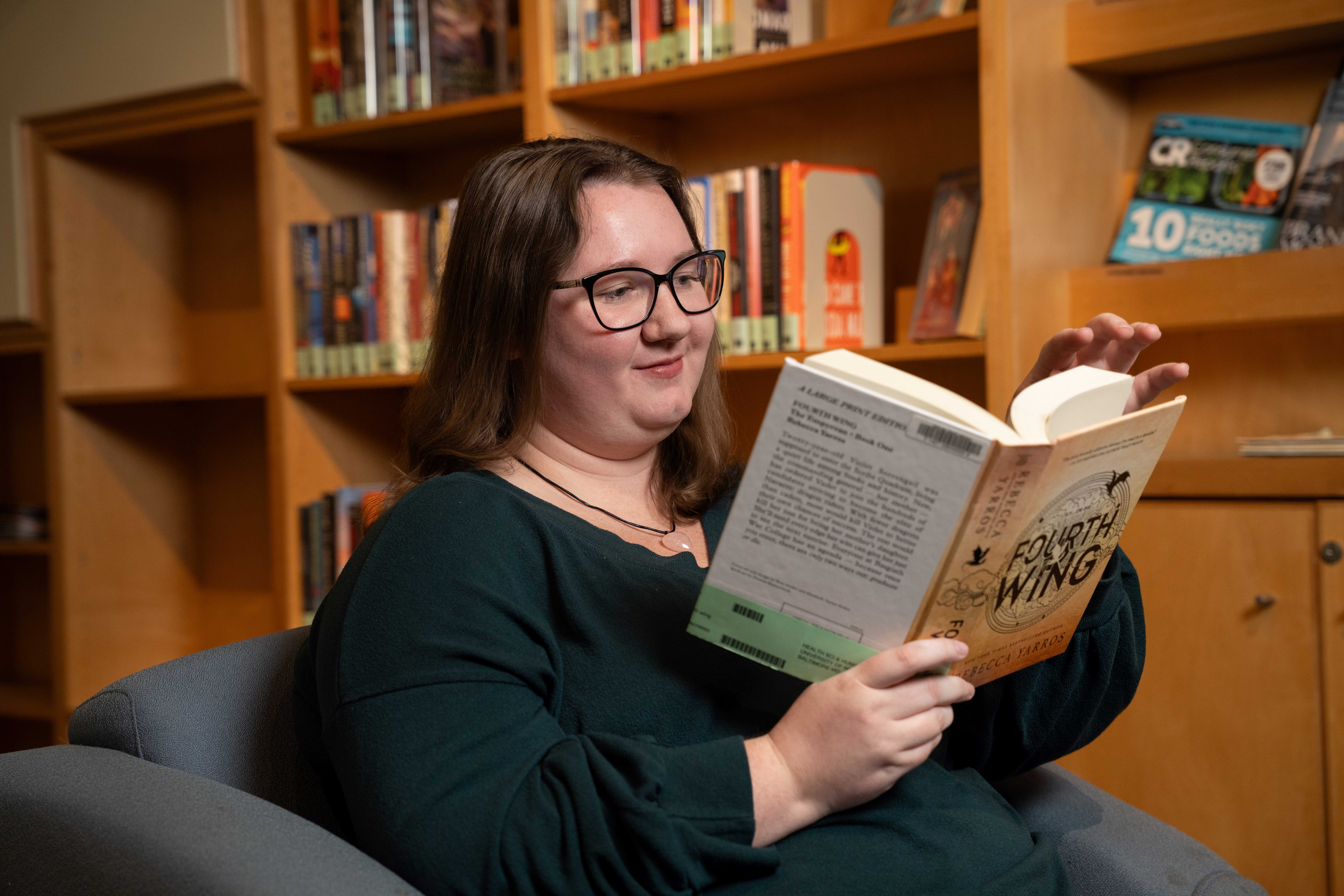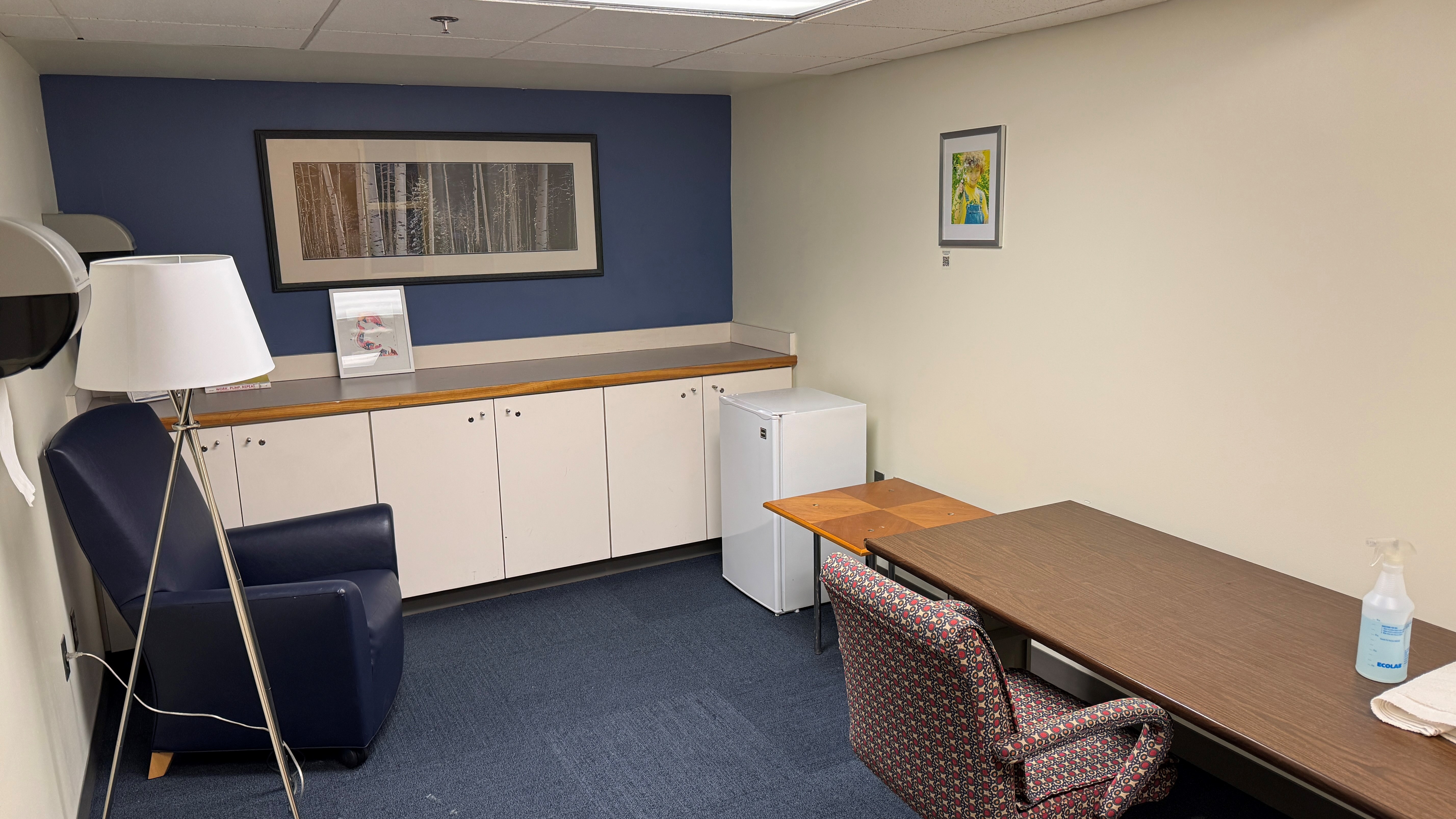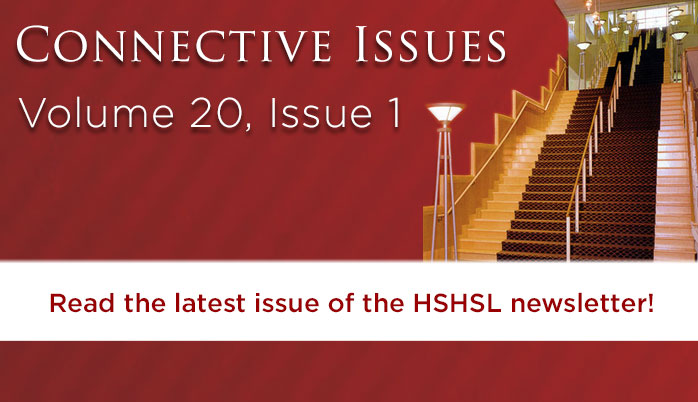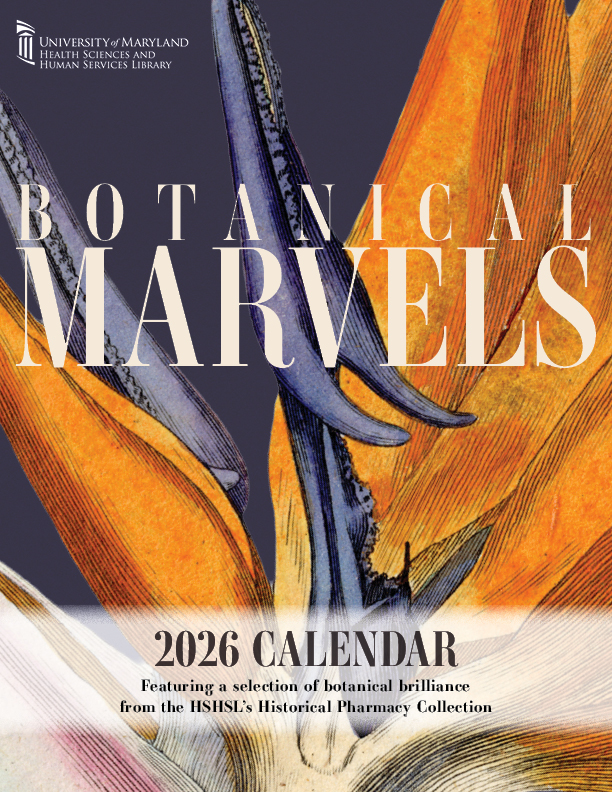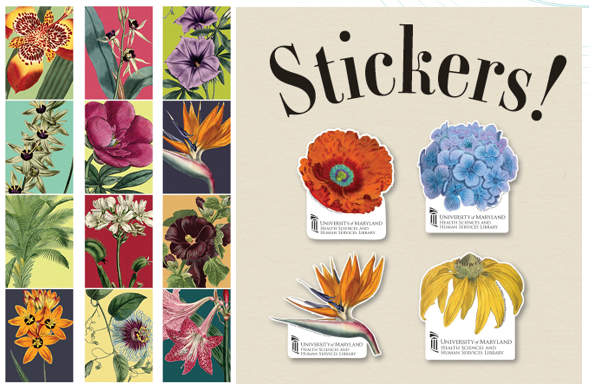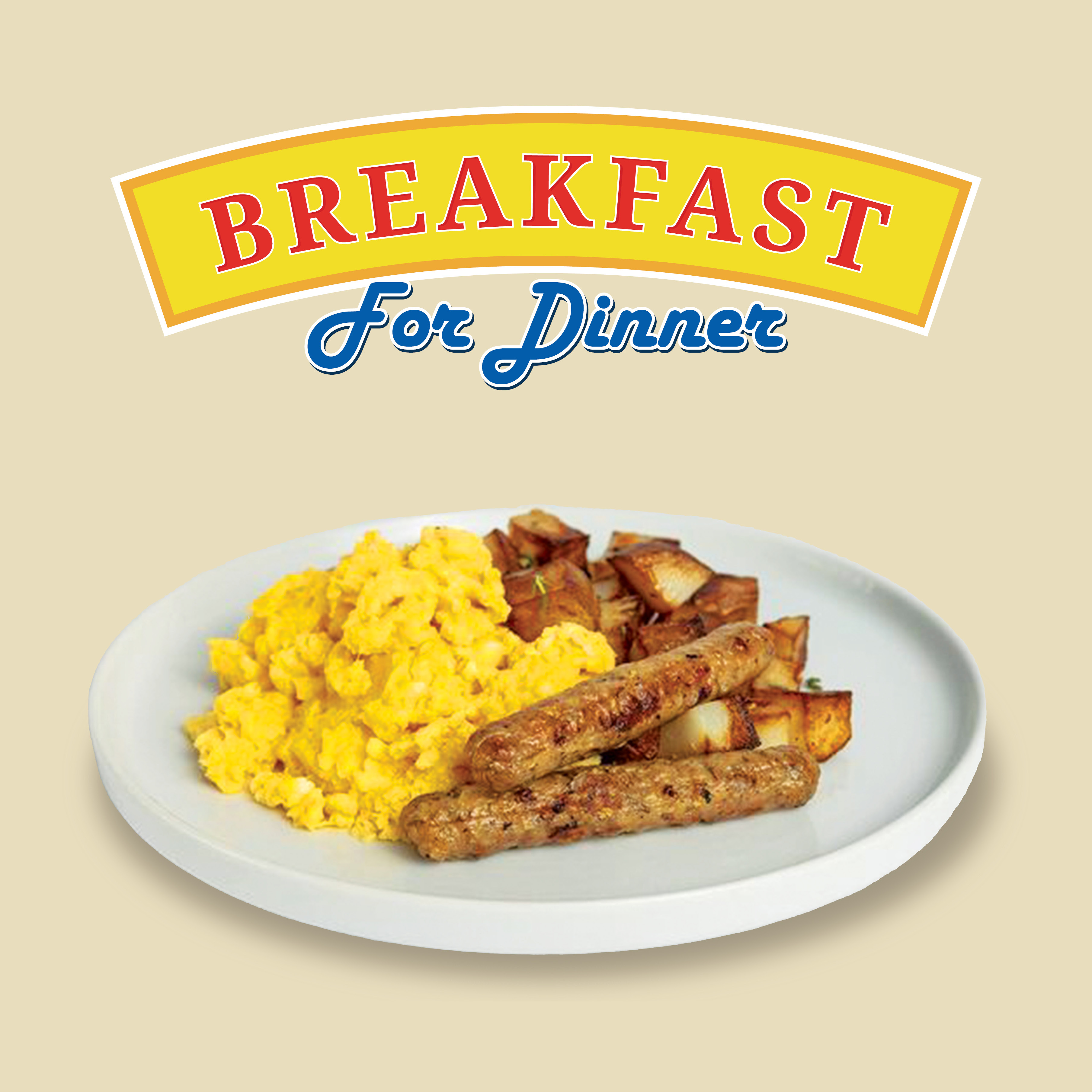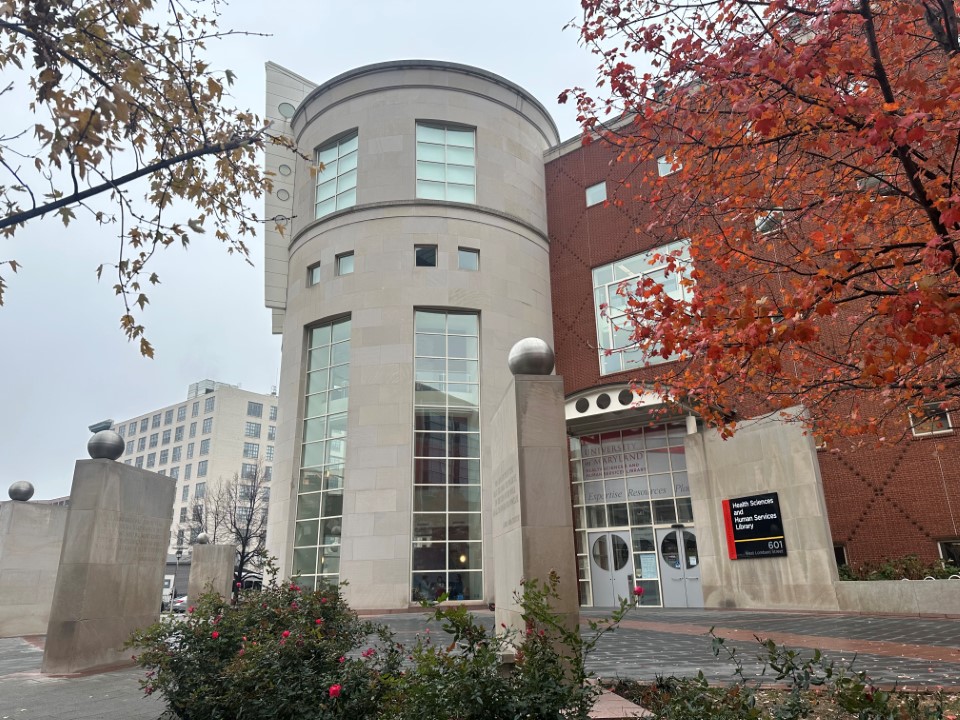
The Health Sciences and Human Services Library (HSHSL) is pleased to share that Consensus Pro is now available to the UMB community ahead of schedule, with access provided by HSHSL.
Originally planned to launch in January 2026, the Consensus Pro trial has been activated early, giving students, faculty, and staff immediate access to this AI-powered research tool. Consensus Pro helps users explore, summarize, and understand research literature by drawing directly from peer-reviewed sources.
To help you get started, the HSHSL has created a Consensus Pro guide that explains how to create an account and highlights features, best uses, and effective search tips.
The Consensus Pro trial will run for one year as part of a planned evaluation period. We encourage you to explore the tool and share feedback with the library.


